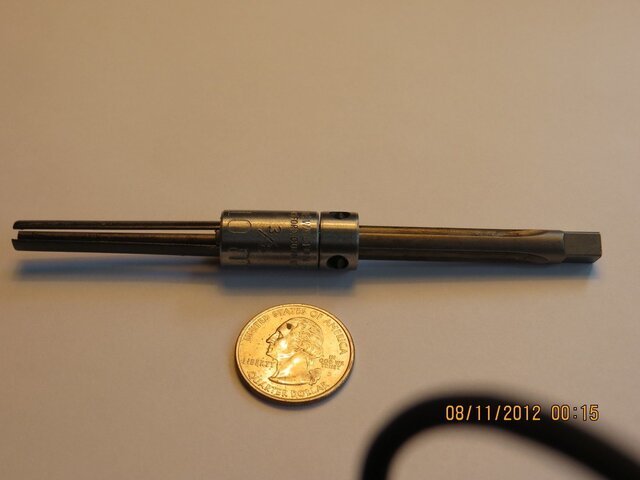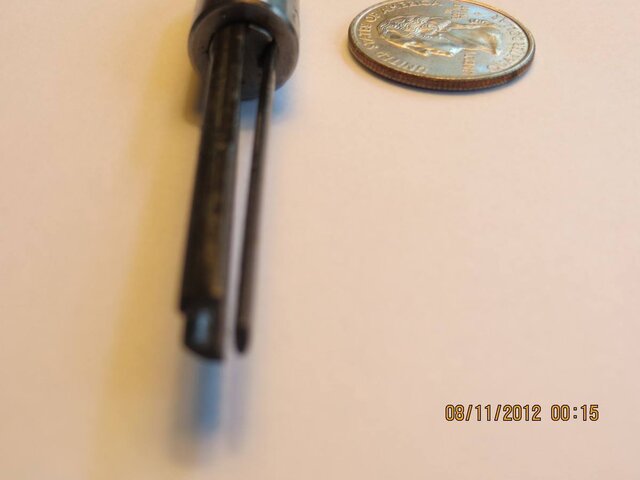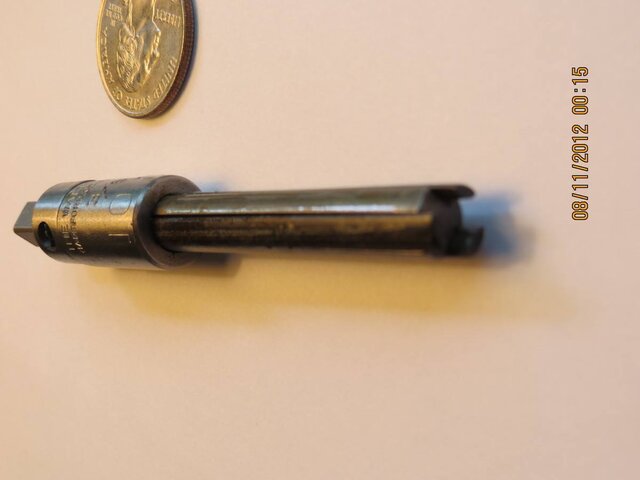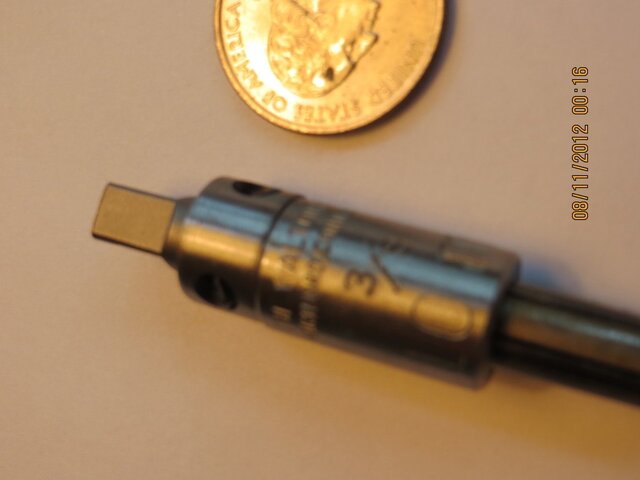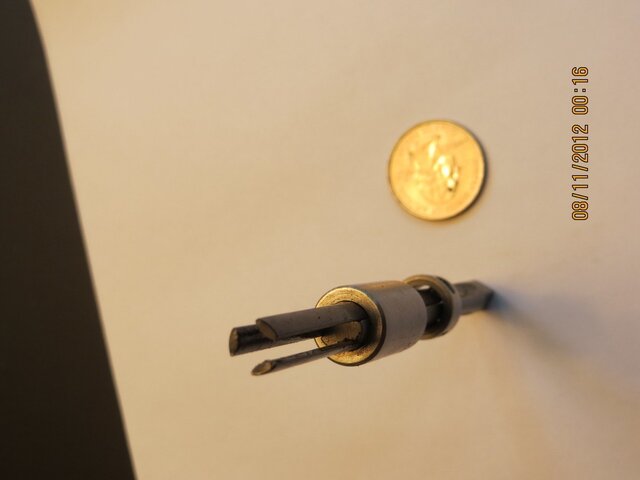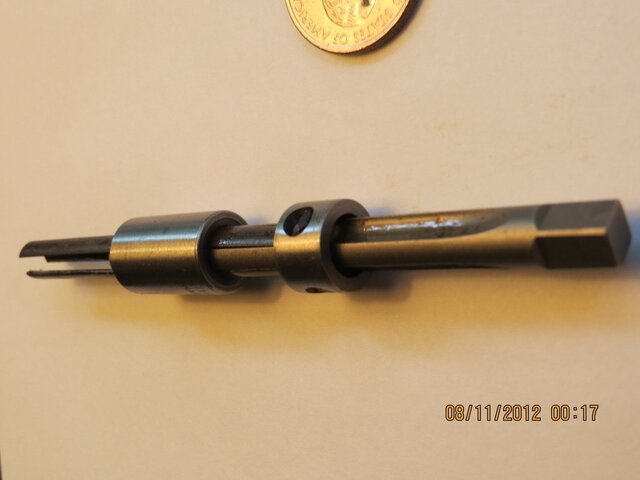You are using an out of date browser. It may not display this or other websites correctly.
You should upgrade or use an alternative browser.
You should upgrade or use an alternative browser.
Another SteveTerry What Is It?
- Thread starterderekleffew
- Start date
STEVETERRY
Well-Known Member
ejsandstrom
Member
STEVETERRY
Well-Known Member
I didn't state it, because I hoped it wouldn't need to be said every time, but just in case:
The intent of this forum is to be educational, directed at students. Unless specifically stated otherwise, professionals should not answer (but may kibbitz) until at least one week from the time of the original post.
STEVETERRY
Well-Known Member
No, it is not that.
STEVETERRY
Well-Known Member
STEVETERRY
Well-Known Member
looks like a tap extractor
Yessir! You win!
It's a Walton tap extractor. On of the greatest tools known to humankind.
Excellent at getting you out of one of the worst "Oh S..." circumstances possible. Without it, you are truly hosed.
See this video to learn how it works:
Walton Tap Extractor 10063 6/32 (6mm) Broken Tap Extractor - YouTube
ST
Last edited by a moderator:
I can't begin to tell you how many times I have broken a tap and needed to extract it. One time, working on a small steam driven pump, we had no choice but to drill it out. 10 bits later, we retapped to a slightly larger diameter. Normally, it is old engine blocks where I'm trying to chase out the original bolt holes - but that belongs over in the motor head forums.
You've unknowingly kicked a huge hornet's nest there, zmb. If you watch the video closely, you'll notice he states, "these are UL-Listed connectors, no pre-twisting of the wires is required." Among professional electricians, there's much controvery/debate over whether one should twist before installing nut. One of many threads on the topic (this example is >70 posts): Do you twist your solid wires together before you put them in a wirenut? - Mike Holt's Forum. .
STEVETERRY
Well-Known Member
handy as long as the tap needing extracting is big enough to be extracted
Actually, a tap that is broken off at or even below the metal surface can be successfully extracted with this device.
That's why it's magic!
ST
The twist or no twist debate for wire nuts and crimp terminals is even worse than the one over wether or not a wire should be tinned before, after or if at all when used with a crimp terminal.
Dionysus
Well-Known Member
Personally I pre-twist some connections and don't to others. I admit that my linesman pliers get more of a workout than many other electricians, but less than some others who twist all connections. You cannot deny that my twisted connections hold better and with 100% holding. One of the conductors is NOT coming out of that wire-nut. Too many times I've had wires just pop right out and into my hand (even LIVE), hence why I tend to twist my more permanent connections.
For crimp terminals I am far less picky about having perfect twist. Depending. However when it comes to tinning I follow the CEC (Canadian Electrical Code)
For crimp terminals I am far less picky about having perfect twist. Depending. However when it comes to tinning I follow the CEC (Canadian Electrical Code)
Similar threads
- Replies
- 0
- Views
- 281
Control/Dimming
Pathport PWPP Portable DMX Gateway
- Replies
- 13
- Views
- 1K
- Replies
- 19
- Views
- 2K
- Replies
- 2
- Views
- 1K
Users who are viewing this thread
Total: 1 (members: 0, guests: 1)



